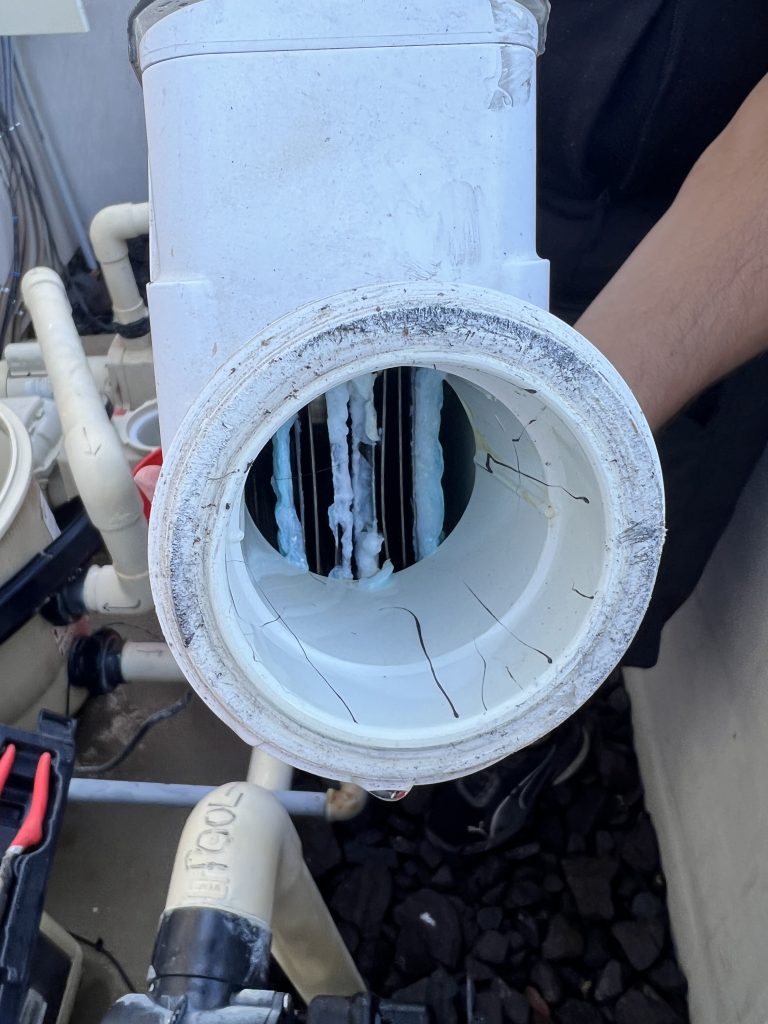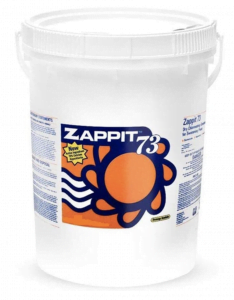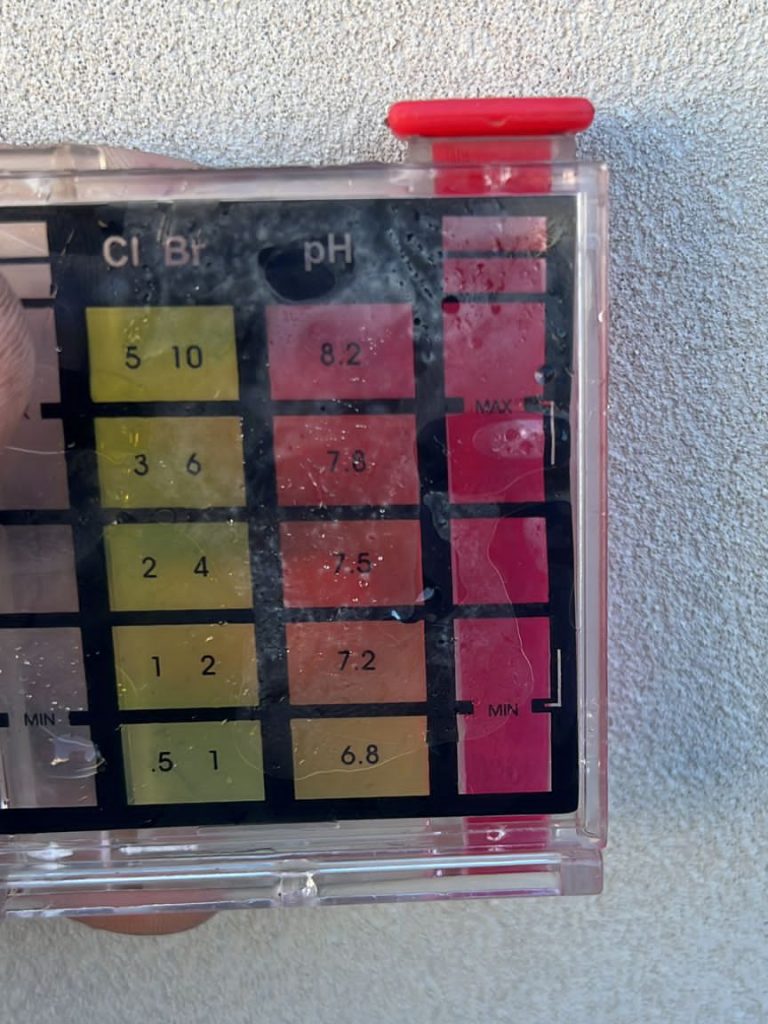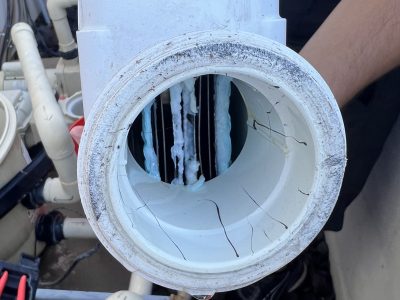Have you ever noticed that your pool tile has a constant white film on it at the waterline? Do your water features always look old and dirty due to white buildup where the water runs down? Welcome to St. George Utah and the hard water, every swimming pool owner faces.

While high calcium levels in the water contribute to some of these problems, there are many things a homeowner can do to mitigate this issue.
They say the best offense is a good defense and the same is true of calcium build-up, especially in St. George.
This article is designed to show pool owners some of the methods our Professional pool service company, Splash Doctor, uses to keep swimming pools free from the negative aspects of calcium deposits. Being local to Saint George, we deal with this calcium issue daily. Rather than scrubbing your waterline tile, sandblasting built-up residue, and damaging your expensive pool equipment, some simple precautions can be taken to prevent it from accumulating too quickly in the first place.
Water tests from the tap reveal high calcium levels in St. George, Utah’s culinary water
When we begin swimming pool service on a new pool in St. George, we test many different levels. We test ph, chlorine, calcium hardness, salt, alkalinity, and cyanuric acid levels. Whenever we test a pool and see it is above 650 Ppm for calcium hardness we then go to the tap water to see what our baseline is for new water. When we test tap water in St. George, Utah we found that the majority of homes have tap water with calcium levels above 200 Ppm. This means your water at the tap is already starting out higher than normal and failing to maintain the water in the pool properly can quickly lead to an unmanageable situation. Once the level is above 650ppm the only thing left to do, is drain some of the water and refill it with new. However, because the tap water already is so high in calcium, we usually have to drain nearly 1/2 of the pool to get it back in line.
If you are constantly battling calcium scaling and would like a swimming pool professional to come to test your water, give us a call at 435-225-7948 to schedule a time that works for you.
The following are three things we have learned in the St. George Utah area to help with the high calcium levels.
- Problems using typical Shock treatments
- Use liquid chlorine vs cal hypo to shock
- Maintain proper pH
Use Cal Hypo sparingly to shock your swimming pool in St. George, Utah

If you have ever bought pool shock in a bag that is a white powder you more than likely have used cal hypo. Cal hypo stands for calcium hypochlorite. This is a very effective shock treatment in that the chlorine concentration levels are very high. The problem with cal hypo is that it also contains calcium. For every pound of cal hypo you to say a typical 10,000-gallon pool, You increase your calcium hardness level by 6ppm. While doing this occasionally to treat really bad algae or cloudy water, doing this to treat your pool constantly will raise Your calcium hardness level to an unmanageable level.
At Splash Doctor, we typically recommend calcium hardness levels between 250-650ppm. Anything above that will contribute to calcium scaling. If you are around 250, it may not be a problem to use Cal Hypo to shock treat your swimming pool, however, if you find yourself in the higher range of this, stick to liquid chlorine.
In St. George Utah, use liquid chlorine to shock your pool
For water problems in swimming pools that already have high calcium levels, we recommend instead of cal hypo, using liquid chlorine to treat algae or cloudy water problems. It provides all the same effects as using Cal Hypo but does not add any calcium to your water.
Use the following calculator to determine the correct amount of chlorine to add to your pool to reach shock levels.
Keep your swimming pool PH level below 7.9 and above 7.3

The Professional Pool Operator Handbook, states that the goal for pH should be 7.5. This is due to a few reasons.
The first reason 7.5 is preferred is because of swimmer comfort. The human eye produces tears at a pH of 7.5 so if you maintain your water at the same acidity level it will be less painful for your eyes. It will reduce the amount of redness caused by the water when a person swims and provides a safe swimming environment.
Another reason 7.5 is ideal is that it strikes the balance between being too acidic while also staying away from being too base.
If your water is below 7.5 and especially down below 7.2 your water is much too acidic. This high level of acid can eat away at your pool equipment components and lead to premature pool equipment failure. It also causes pain in swimmers’ eyes due to the extra acid in the water.
If your water is too base or above about 8.2 you will build up higher levels of scaling. This scaling will be visible on tiles, water features, and equipment. It can clog saltwater generators and cause flow problems. These flow problems can cause equipment failure, leaks, corrosion, and many other harmful conditions. Not only does a high pH cause scaling and equipment failure but it reduces the effectiveness of your sanitizing agent, chlorine.


 How to properly start-up your new plaster swimming pool or spa
How to properly start-up your new plaster swimming pool or spa